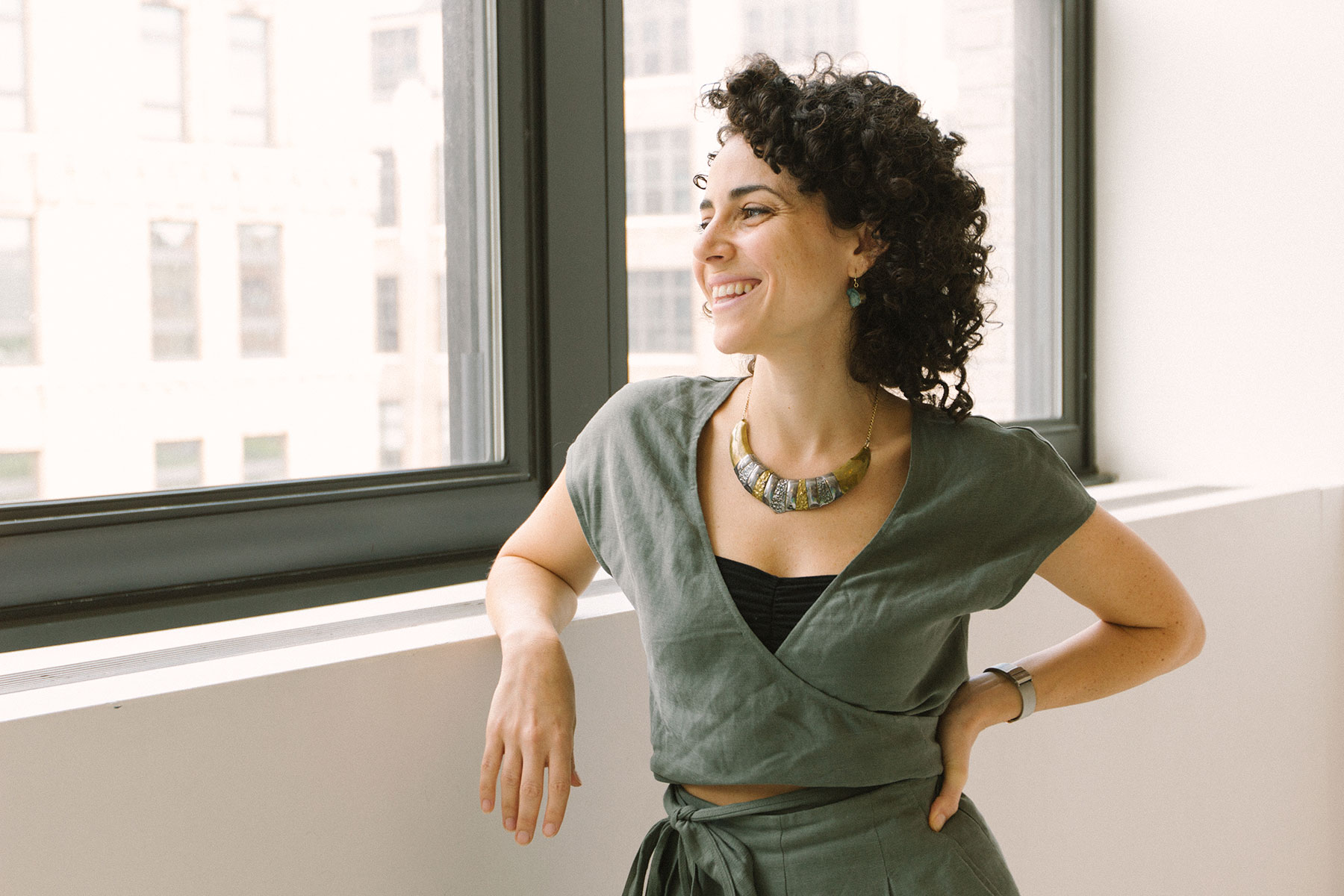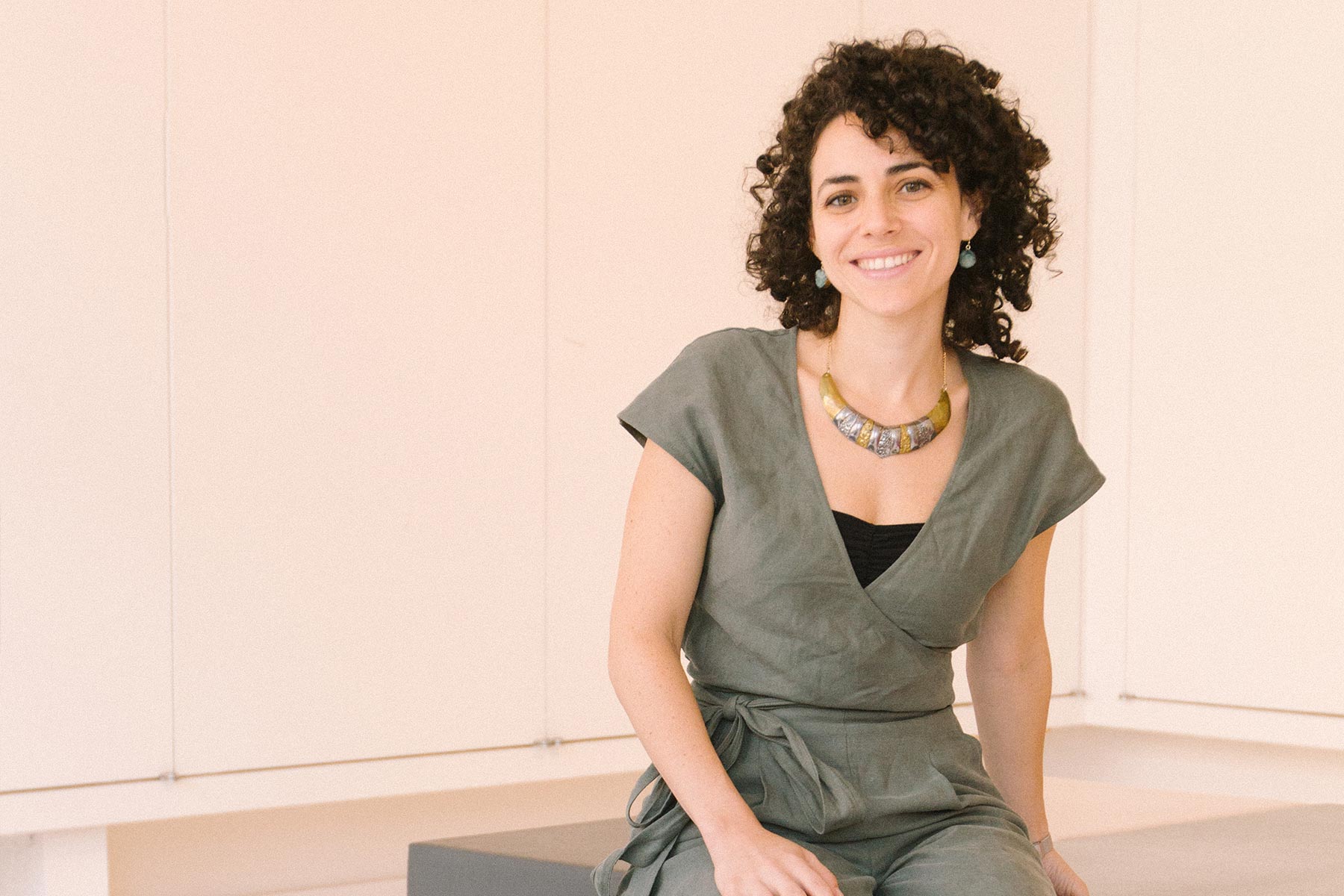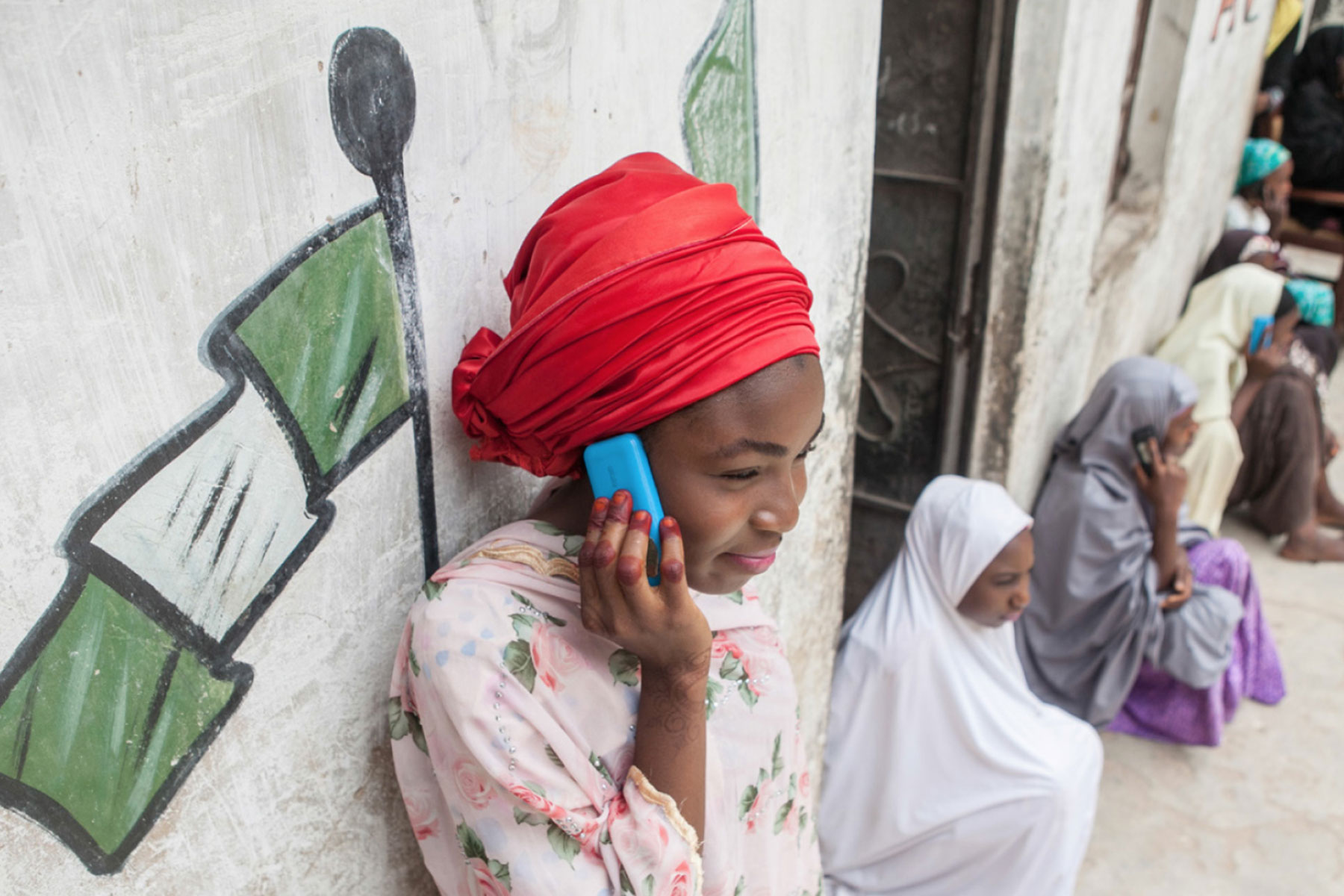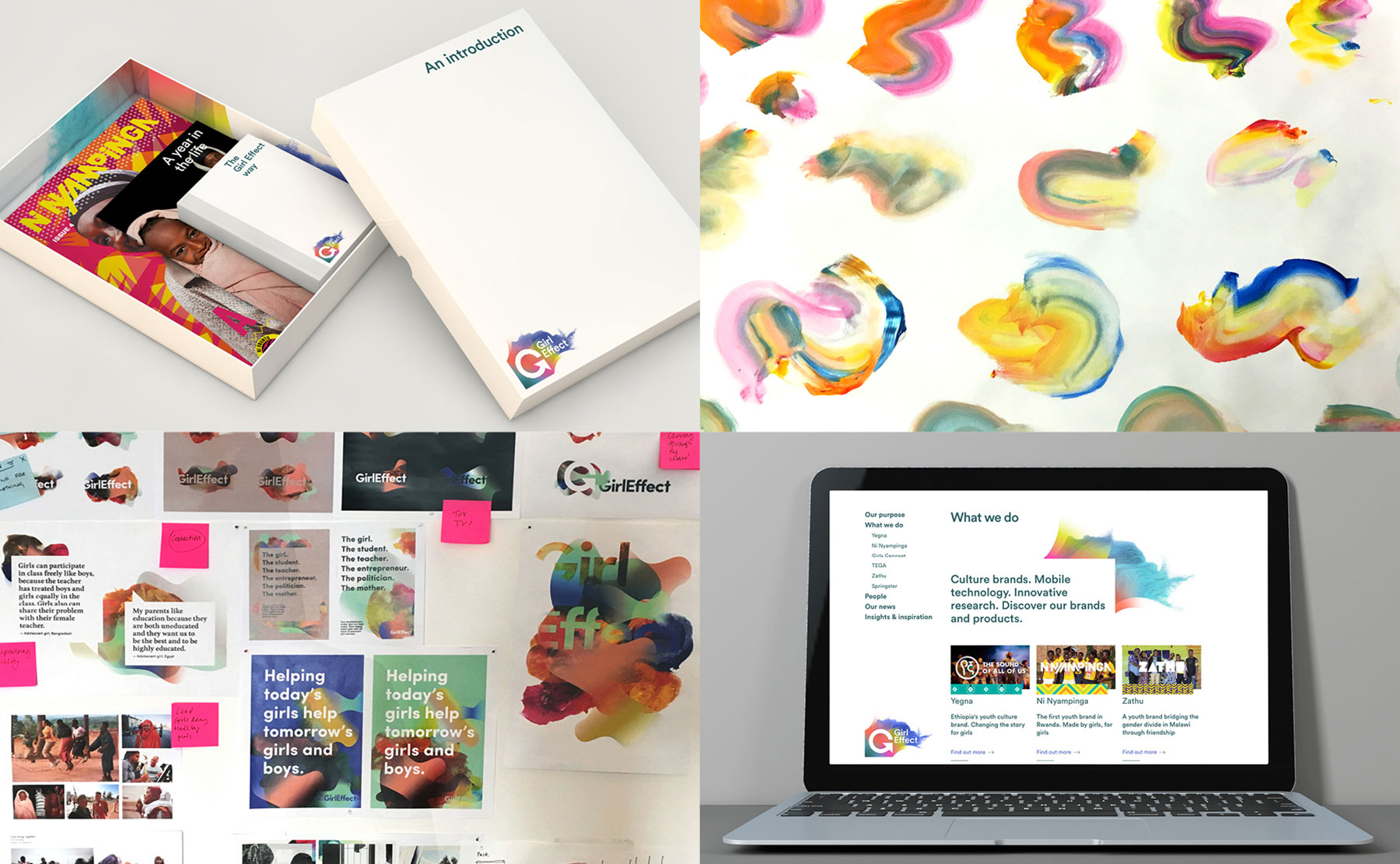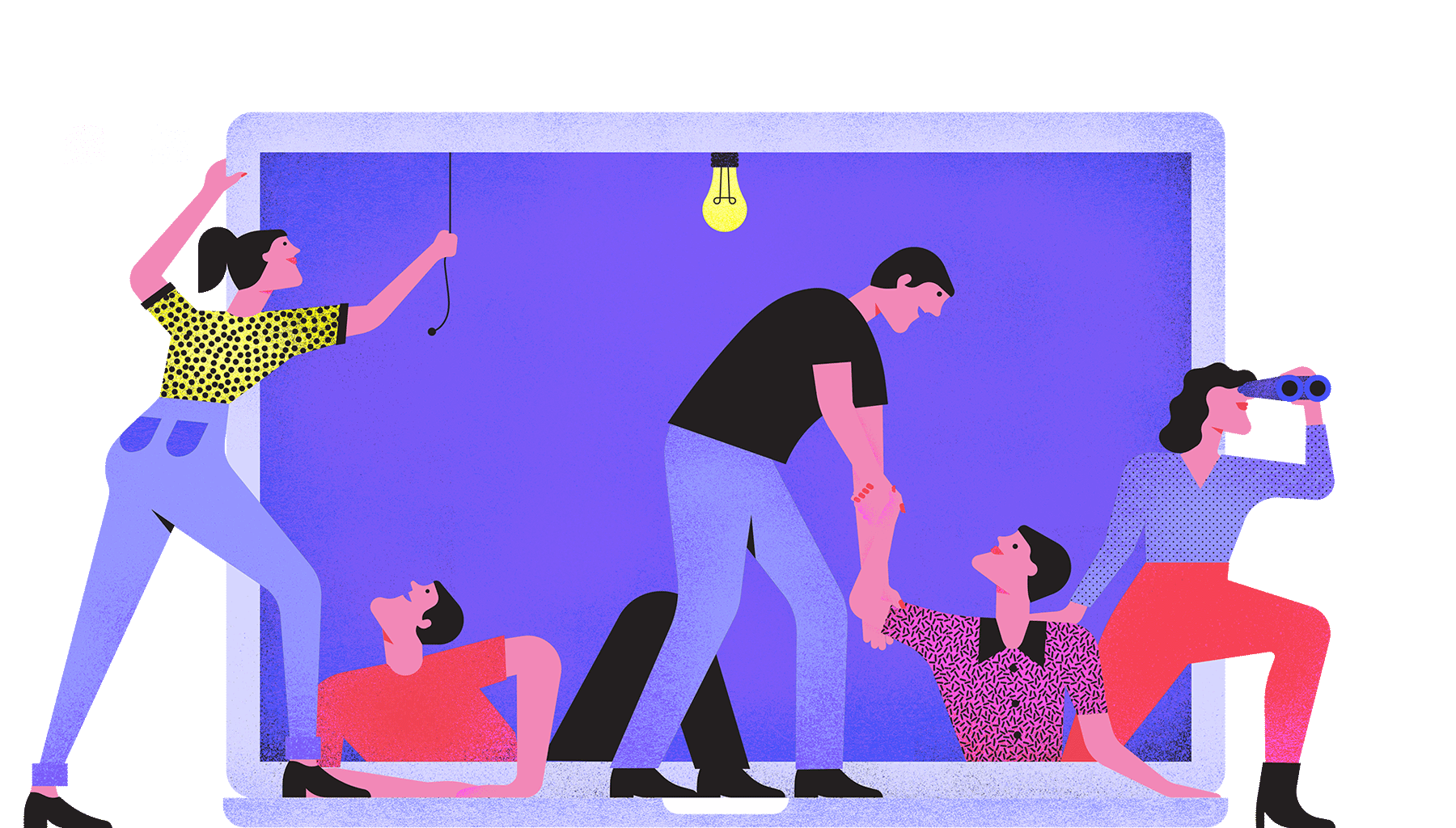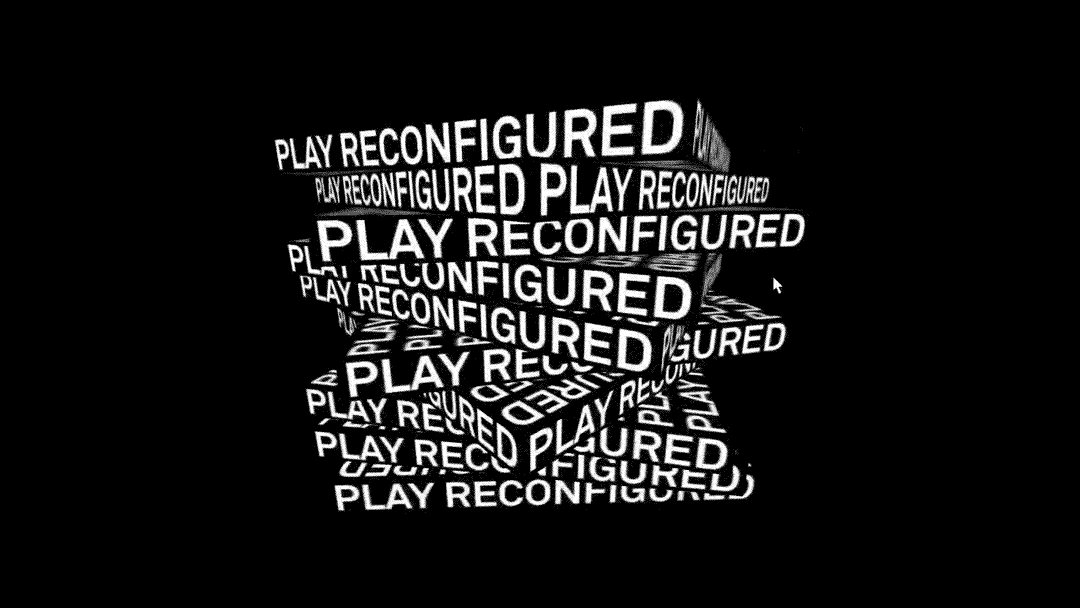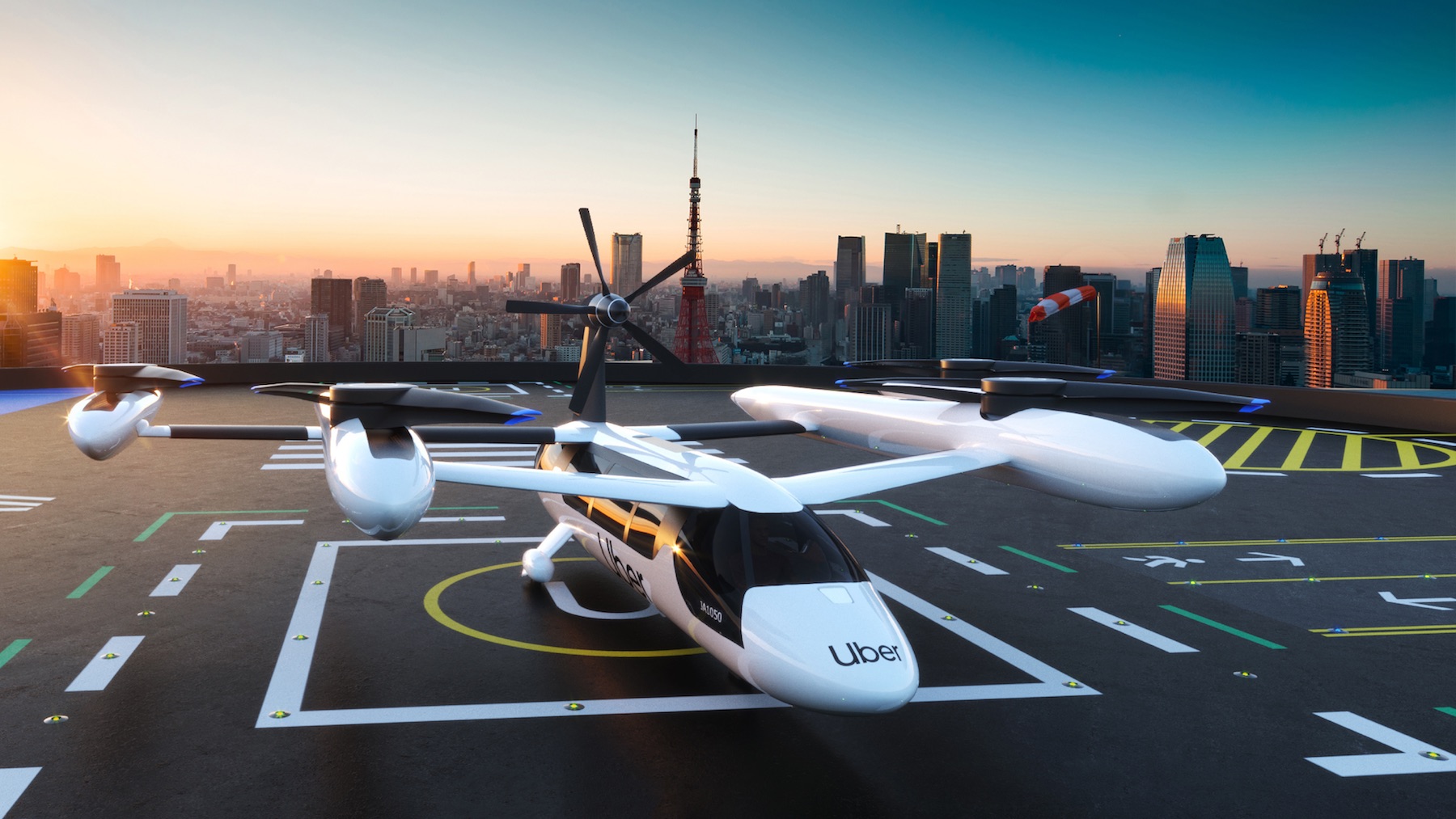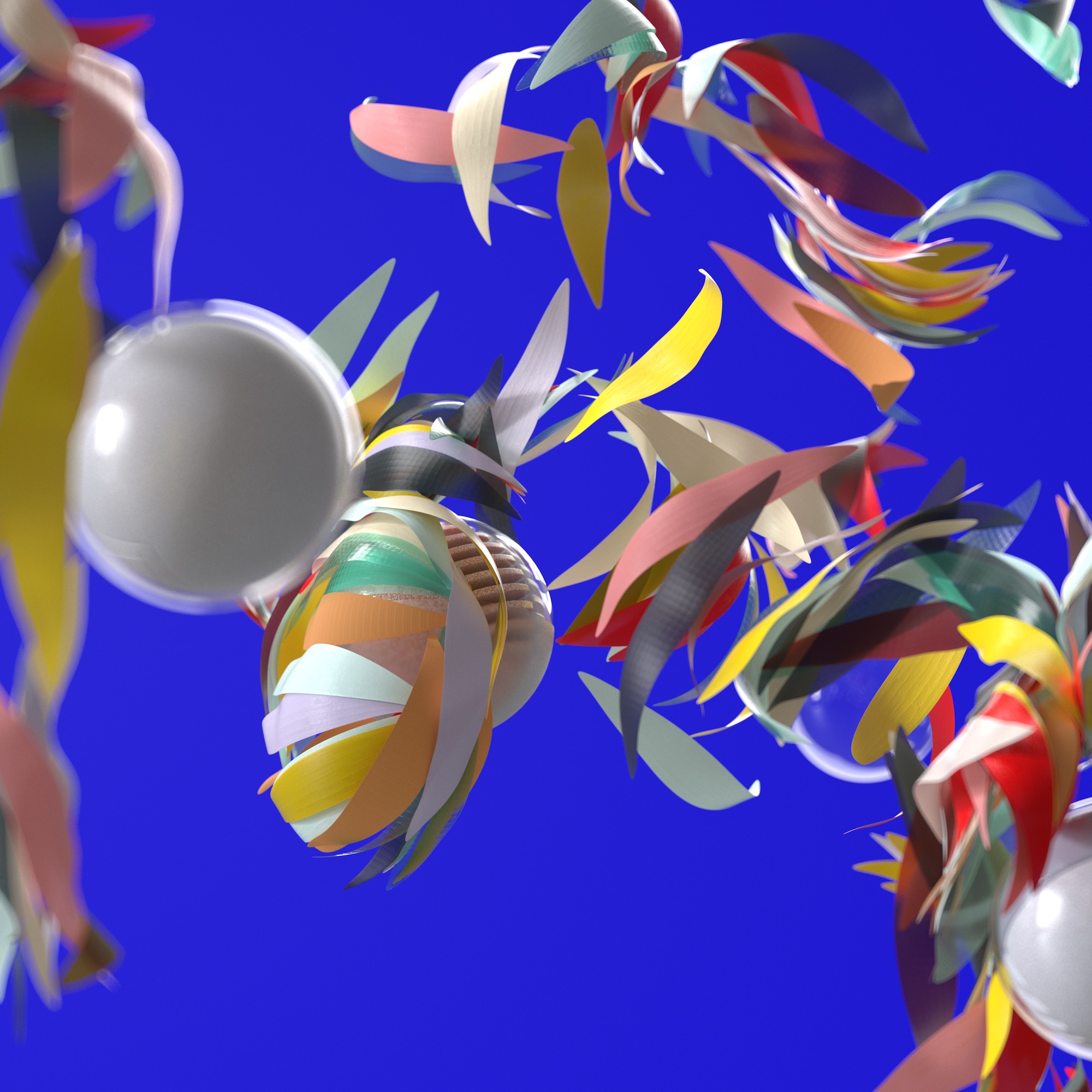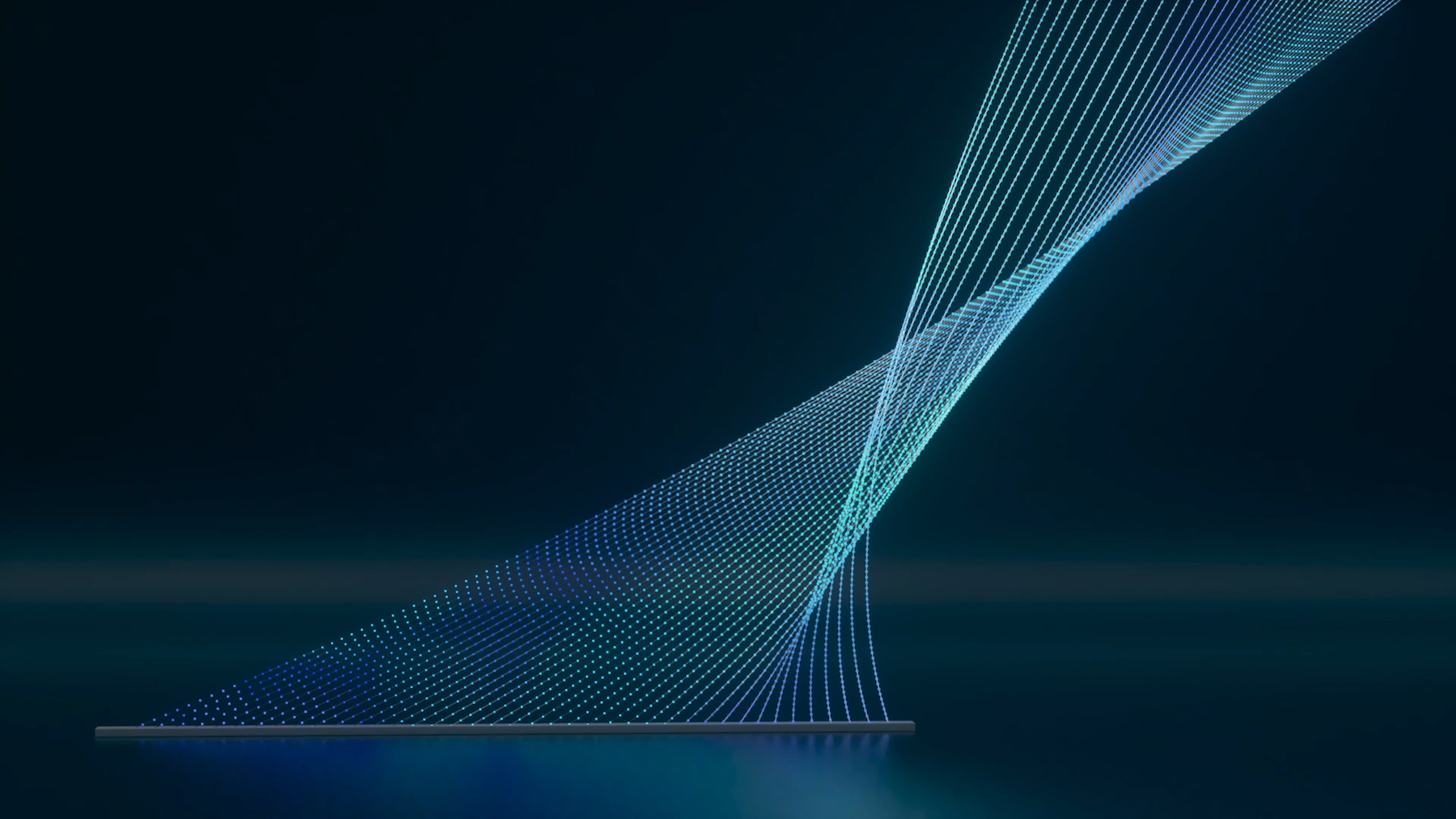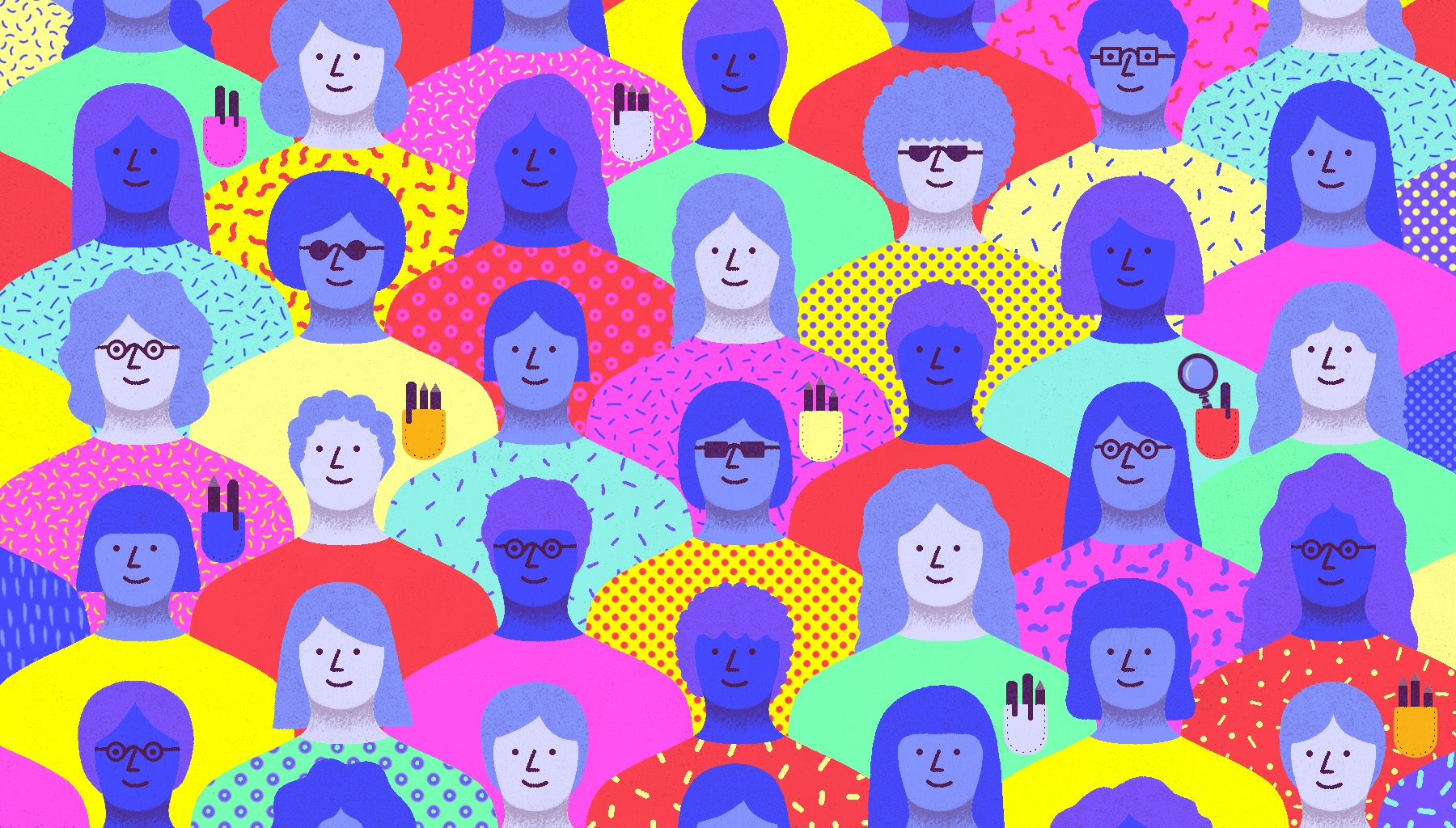
‘Overhaul discovery and content wars become obsolete’
5 minute read
By Marilyn Markman The entertainment space is currently all about content war. Never have we had so much access to increasingly good quality TV, and there are no signs of slowing down. As our colleague Liam explains, big and small players alike are investing more and more in original and exclusive programming to stand out.
Most recently, Amazon made a bold bet on an adaptation of The Lord of the Rings at a reported cost of $1bn, Disney is pulling its vast catalog from competing streaming platforms following part purchase of 21st Century Fox’s assets, and Netflix is spending $8bn on 700 new, non-sports titles this year – as much as Time Warner and Fox and more than Viacom, CBS and Discovery.
Too much of a good thing
Although the
proliferation of content has ushered in a golden age as far as storytelling
is concerned, it’s also produced problems. If new formats are competing with
established blockbusters, they can disappear in the abyss, or worse,
they can go unreleased. Netflix took a $39 million noncash charge
in Q4 on content it decided not to launch, citing ‘the societal reset
around sexual harassment’. Meanwhile viewers are spending more time
searching and deciding what to watch, and less actually watching.
In light of this, it’s no surprise that companies are mining our data to safeguard the creation of their content. Netflix were so confident in their data collection and analytics that they bid a reported $100 million for House of Cards before seeing a single episode. Within two years, brands were spending up to $300,000 for product placement on the show.
Businesses are crunching our data to market content too. Spotify transformed insight into memorable out-of-home ads an approach that was copied with less success and let consumers feel the benefit of their analysis through initiatives like their yearly round ups. And Google’s betting the future of entertainment is hyper personalized, or as YouTube’s Chief Product Officer puts it, “No two people will have the same TV experience”.
It’s clear that data is crucial to the future of the entertainment sector, but success lies in the translation and human application of it. As companies pursue the next big hit, they mustn’t ignore the needs of the people watching and listening.
The joy of discovery
People love finding
and sharing their discoveries, and what we watch informs how we think
about ourselves and relate to the world. Right now, instead of the
joy of discovery, consumers are experiencing the drudgery of choice
fatigue.
Netflix’s answer has been 33 million versions of Netflix. Their personalized interface is driven by complex algorithms, but these fail to get to the heart of the problem. And while opportunists have developed tools to help people navigate the rabbit warrens of content, these still miss the mark. Deciding what to watch is becoming the biggest barrier to discovery.
Ultimately the brands that help viewers find relevant content and make better human connections will stand apart. How can they do that? Firstly, a radical overhaul of content discovery is necessary. Companies should be investing heavily into turning their AI, metadata, and machine learning into a front-end that’s user-first, tangible and relatable.
We don’t need to look far to find some examples of this approach. Spotify pioneered it. After finding that 80% of people choose content based on the way they’re feeling at that moment, they created mood-based playlists. They now offer hyper-personalized ‘discover weekly’ and ‘release radar’ playlists, with their army of music-loving employees helping users uncover more of the music they love. Medium lists an estimated read time, so audiences can decide to dig into an article based on how much time they have available.
And from a design perspective, entertainment brands can humanize the user experience by looking further afield for inspiration. Look at the way Alibaba’s ET Cloud makes an abstract technology feel relatable through its identity. Look at the human touches on display in the projects created by Decompressed Design. By crafting the experience with real care and considering the user first, we can help viewers engage more deeply with the topics that matter to them.
Whichever platform champions an experience built around discovery, and humanizes its data in the process, will be the last company standing. In this context, the current content wars become obsolete.
Let us know what you think
